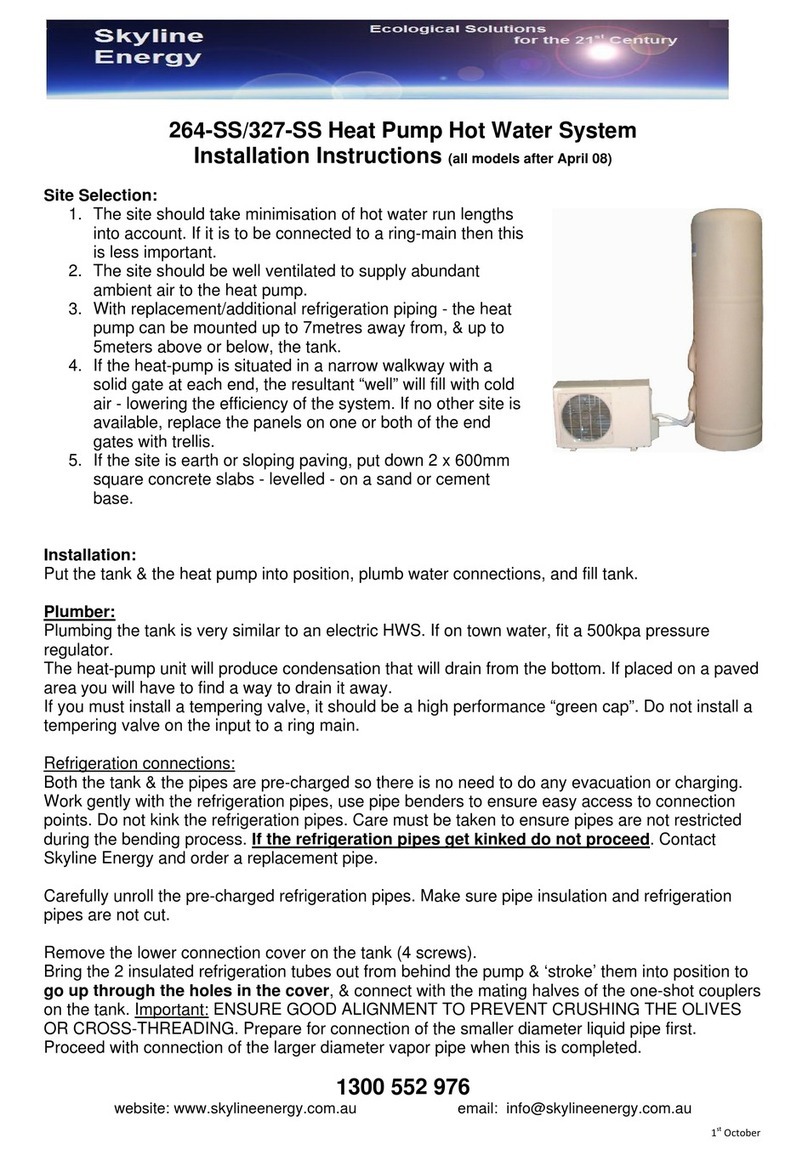Skyline Energy SX-20BZA User manual




















This manual suits for next models
10
Table of contents
Other Skyline Energy Heat Pump manuals
Popular Heat Pump manuals by other brands

gledhill
gledhill BMA 180 HP-DEM Installation & servicing instructions
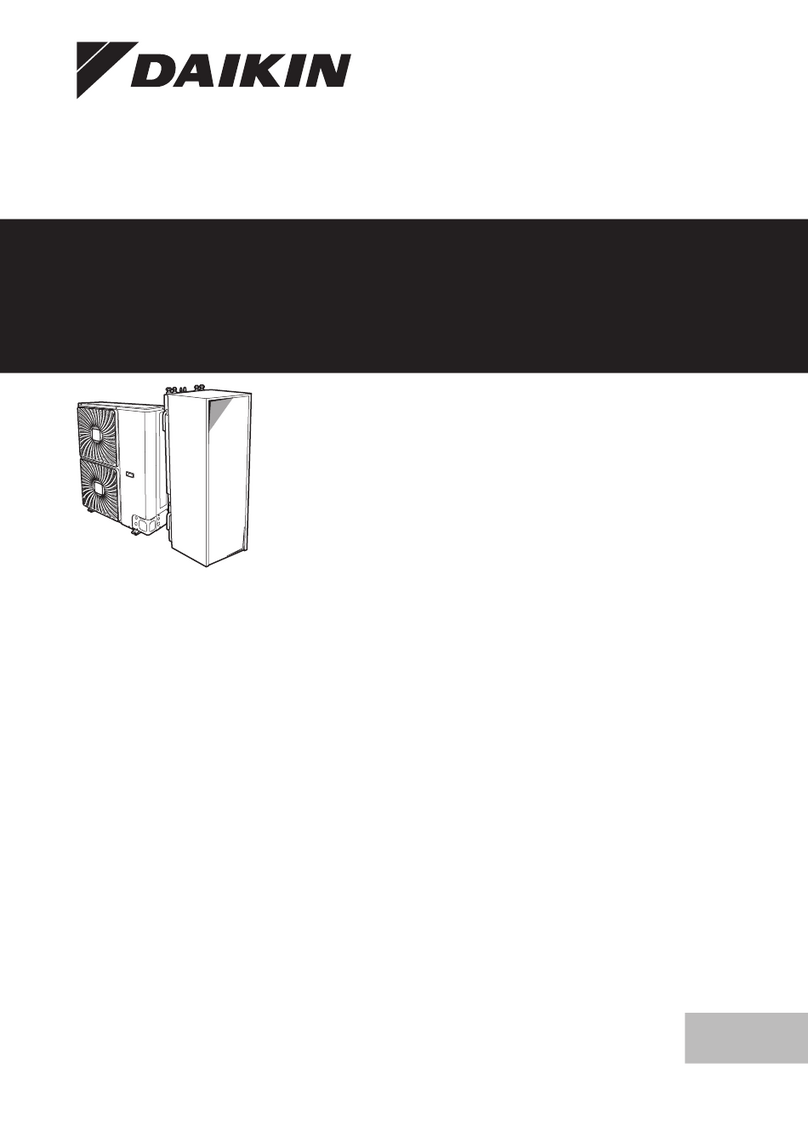
Daikin
Daikin Altherma EHVH/X16S18+26CA Installer's reference guide
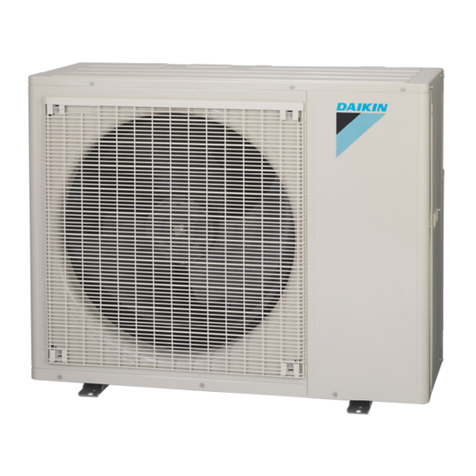
Daikin
Daikin 4MXL36TVJU Service Manual Removal Procedure

Emerson
Emerson Copeland EazyCool ZX Series Application guidelines
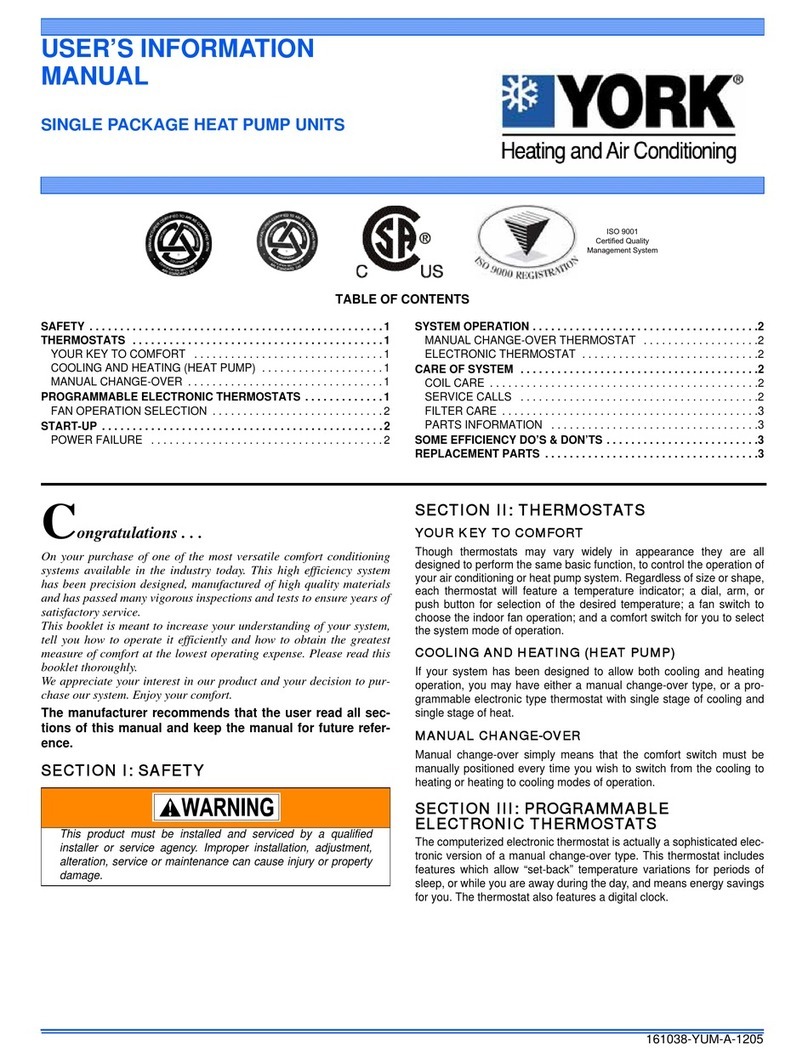
York
York 161038-YUM-A-1205 User's information manual

Carrier
Carrier 38BNE018-036 owner's manual
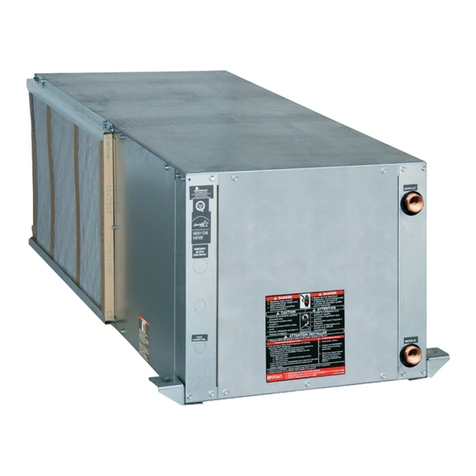
Heat Controller
Heat Controller HBH/V Compact Installation, operation & maintenance manual

Dimplex
Dimplex HPWH 300 Installation and operating instructions
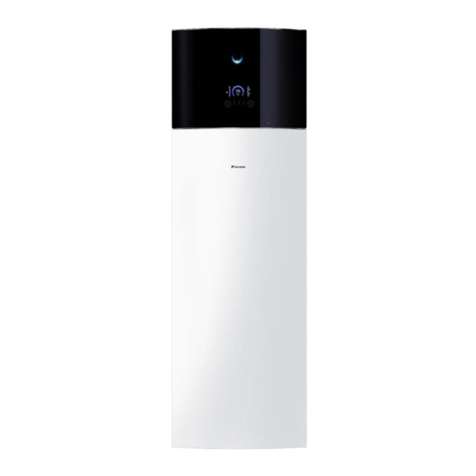
Daikin
Daikin Altherma 3 H MT F installation manual
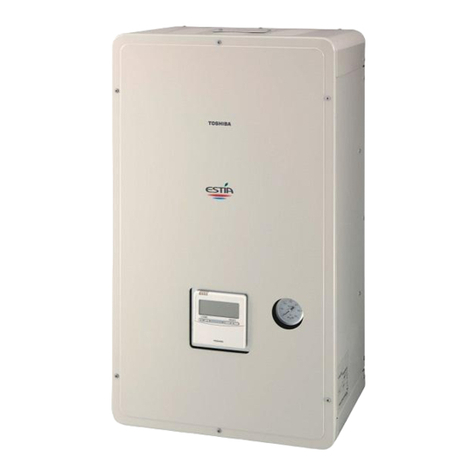
Toshiba
Toshiba HWS-1403XWHT6-E owner's manual

Nibe
Nibe FIGHTER 360P quick start guide

Ochsner
Ochsner AIR BASIC 109 Operating manual/installation manual
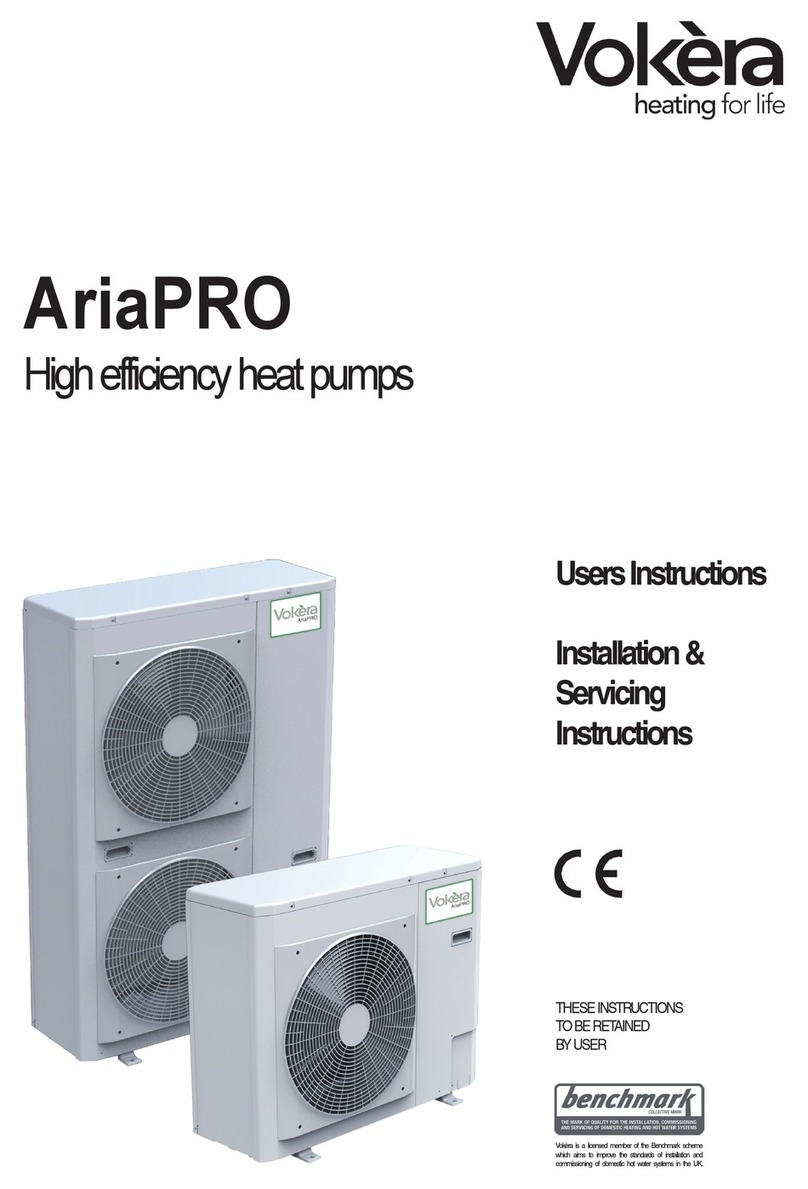
VOKERA
VOKERA AriaPRO 004 M User instructions

Nibe
Nibe AirSite GreenMaster-HP 12 Series Installer manual
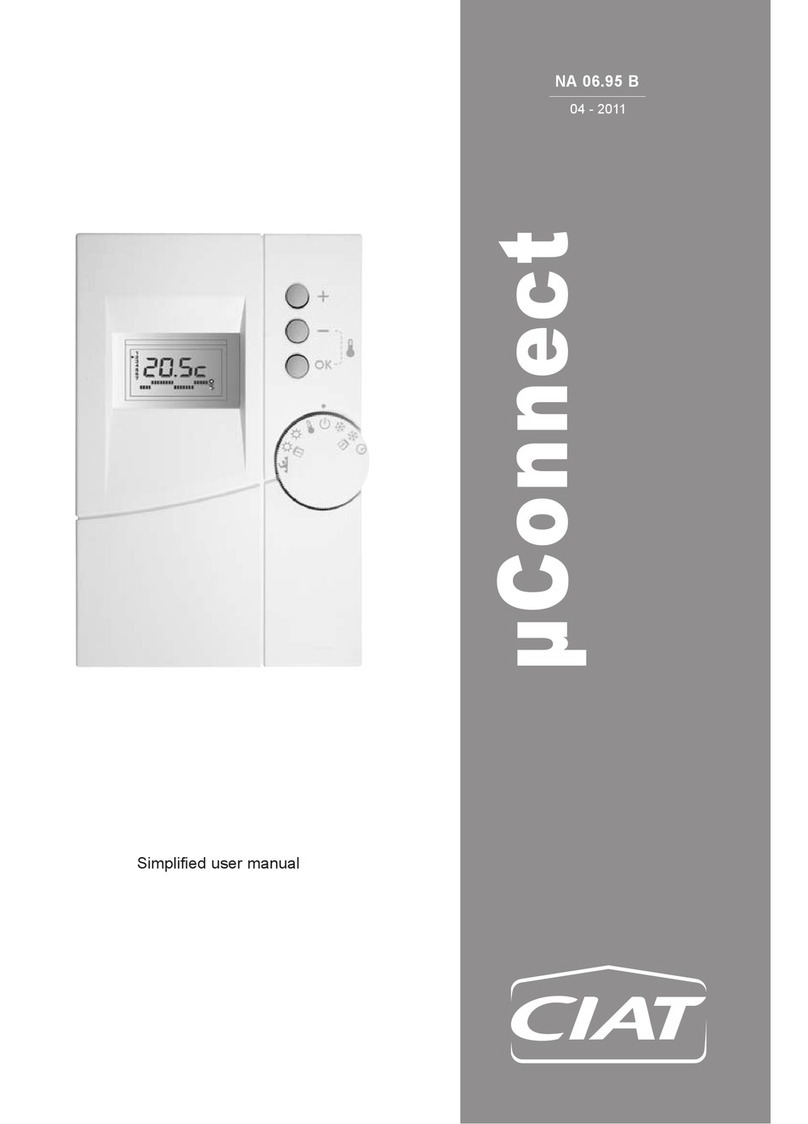
CIAT
CIAT µConnect Simplified user manual
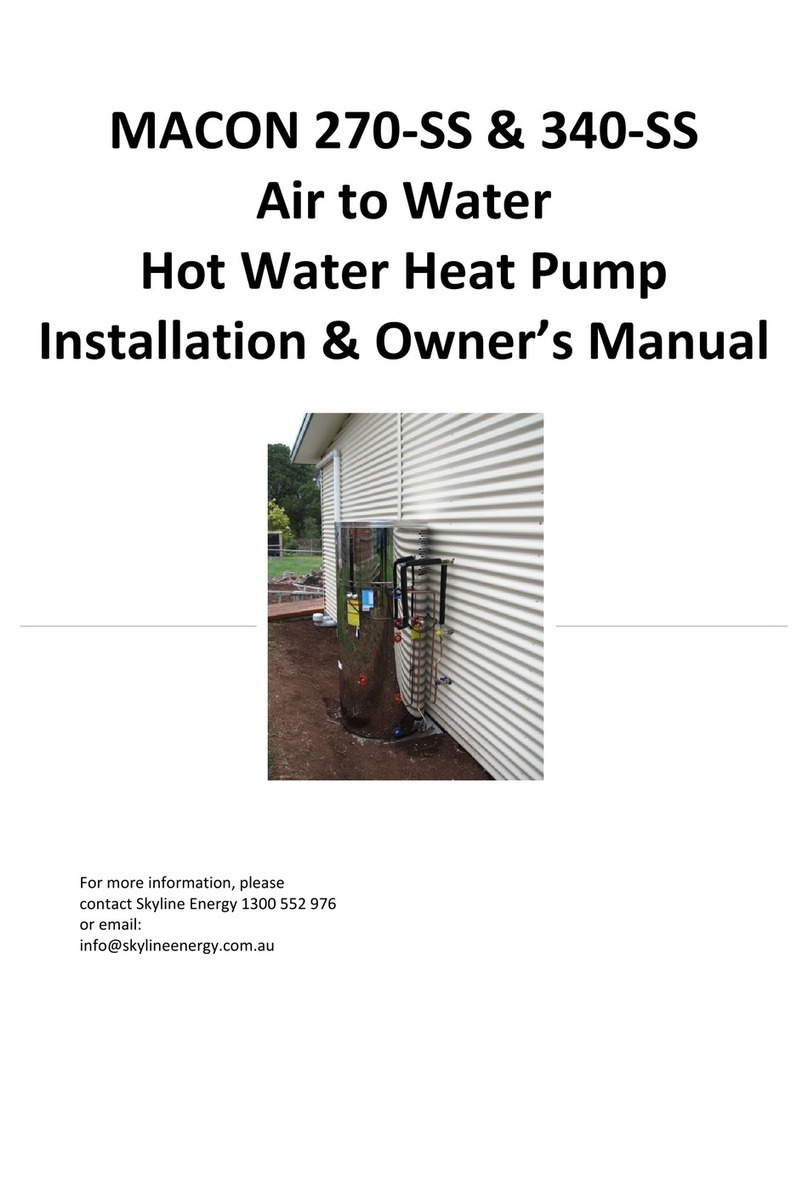
SkyLine
SkyLine MACON 270-SS Installation & owner's manual
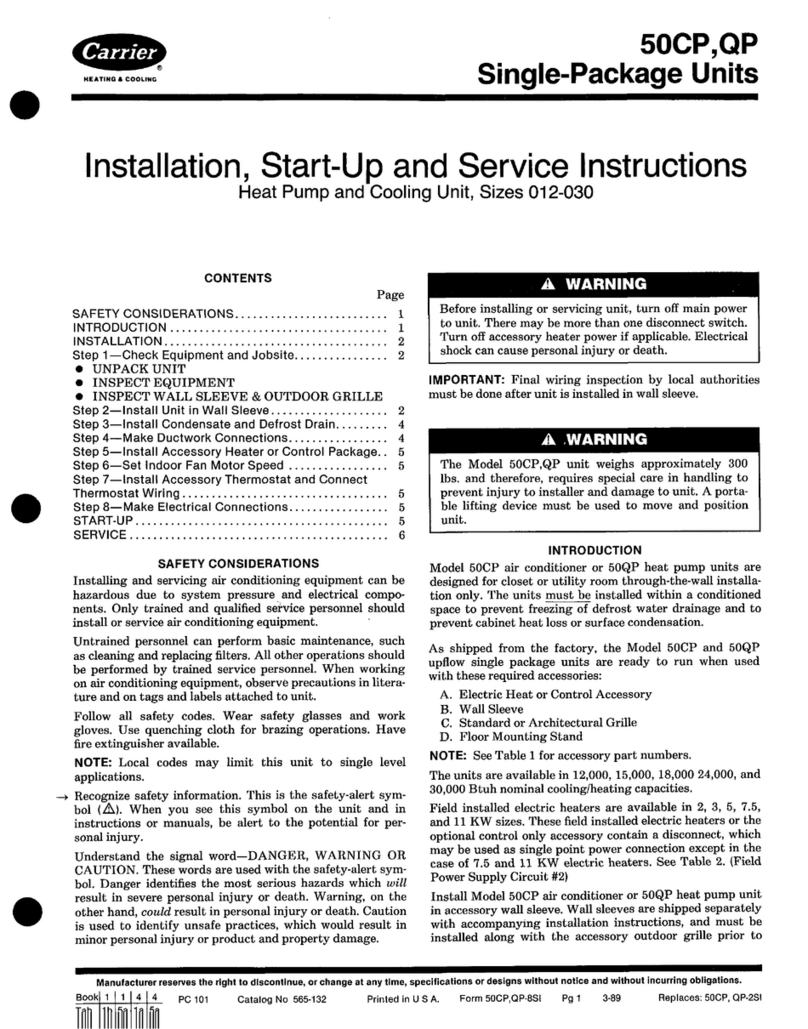
Carrier
Carrier 50CP Installation, Start-Up and Service Instructions

Sanyo
Sanyo ECO-i WCHDZ32053 datasheet
